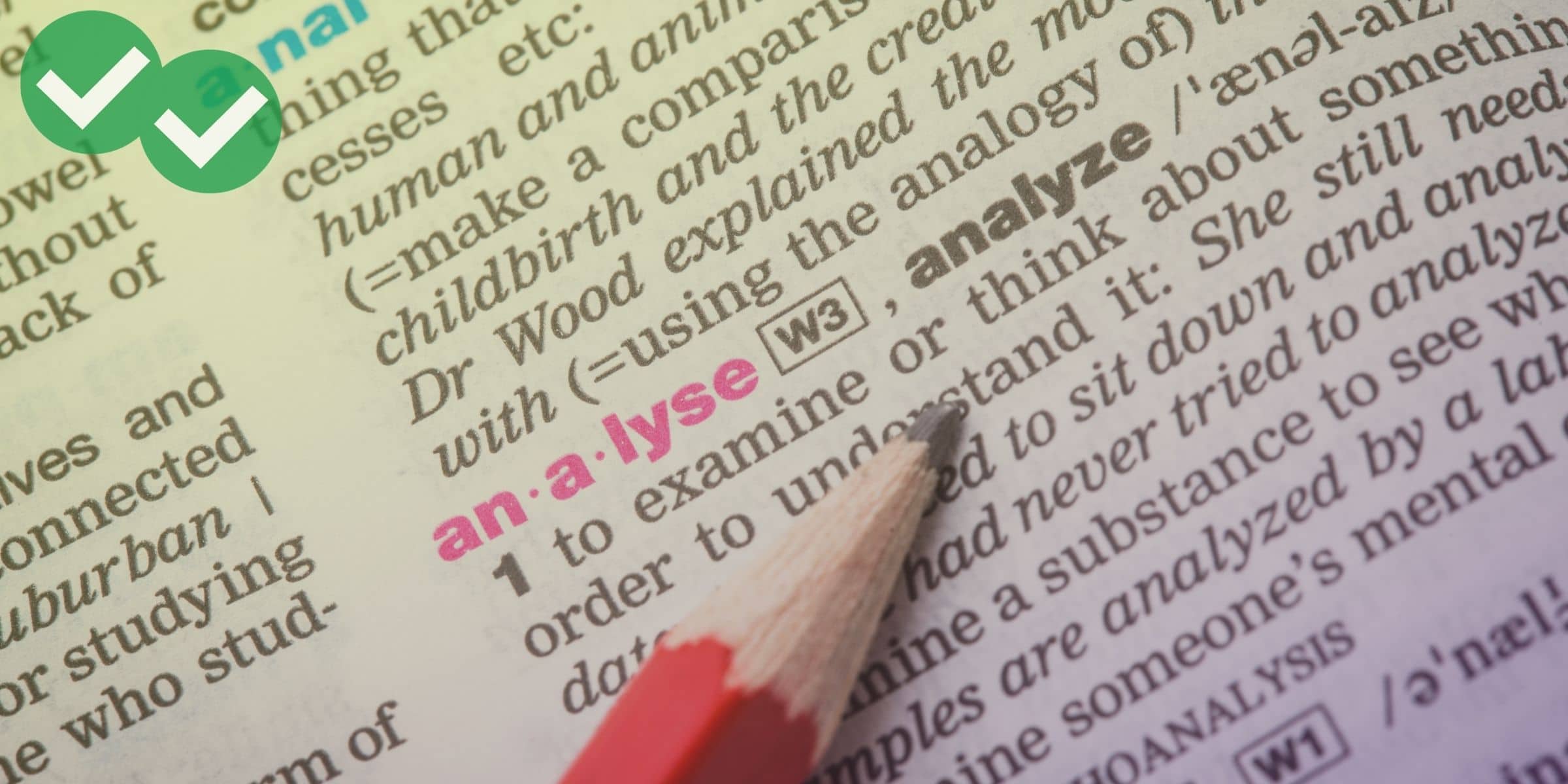Studying structure means understanding how the small pieces join together into one larger whole. And if you have been reading and learning about the TOEFL, then you probably already know that structure is key. It’s important for every part of the test (just like vocabulary!): you need to structure your responses in speaking and writing, and you need to hear the larger structures in texts and lectures.
So since structure is so important, it’s appropriate that we should look at some common academic vocabulary that relates to structure and organization.
Framework
In a building, a framework is like a skeleton. Inside the walls, around the doors, and under the floors are hard, straight pieces of wood, metal, and/or concrete that keep the building up. If a building has a good, strong framework, it won’t fall down.
So when we use the word “framework” to describe an idea or text, rather than a house, we are talking about the very core parts. They are what the details are based on.
TOEFL example: The framework of your essay is very solid, but there are a few interesting ideas which could be better explored—I suggest you expand and explain a bit when you edit it.
Scheme
There are a couple of different definitions of “scheme,” but they’re all related—they’re based on plans, systems, or drawings of how things work or should work. But a scheme is almost always quite complicated, regardless of which definition you’re using.
The meaning that were talking about for the TOEFL is very close to the meaning of “system.” It describes how many small pieces are connected (and, sometimes, how they have a certain effect by working together). But keep in mind that a “scheme” describes only the system or plan: the actual parts may be within the scheme, but the are not the scheme itself.
TOEFL example: The scheme we use to categorize life has eight ranks—eight levels—from the more general kingdoms, such as “animal” or “plant”, down to the specific species, such as homosapiens (humans).
Configuration
The verb “to configure” means to place pieces in a specific shape, to arrange. A configuration, then, is a set of pieces which are put in specific places to have a particular effect. When talk about a configuration, we are basically talking about which pieces are next to each other and how far apart or close they are.
TOEFL example: Our DNA—the genetic material that determines what we look like and, more generally, who we are—is all made of the same four chemical building blocks; it’s the configuration of those pieces that makes us unique.
Composition
Whereas a “configuration” and a “scheme” only describe the abstract relationships, not including the actual physical pieces, a “composition” does include those physical parts. Something’s “composition” is what it’s made of and how much of each part there is. If you look at the back of a bottle of shampoo, you will find a list of ingredients that detail its composition, for example. But “composition” isn’t limited to describing what parts there are; it also describes the amount and, sometimes, the placement of the parts. A photo’s composition, for example, includes where each color or object is in the picture.
TOEFL example: In order to determine the age of a painting, we can analyze the composition of the paints that were used, because over time, artists have switched to different types of paints made from new sources of color.
PS. Here are some mnemonics to help you memorize these words.






Leave a Reply